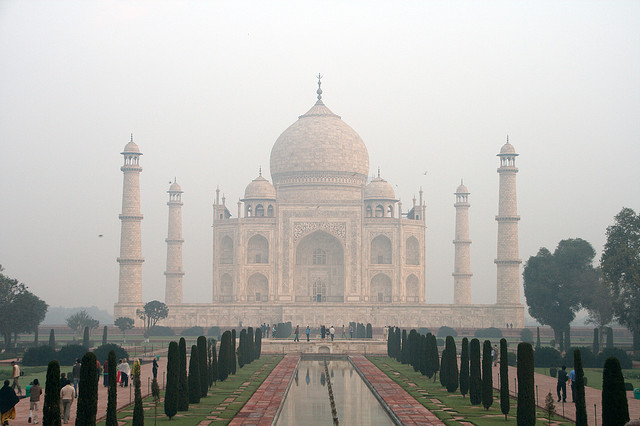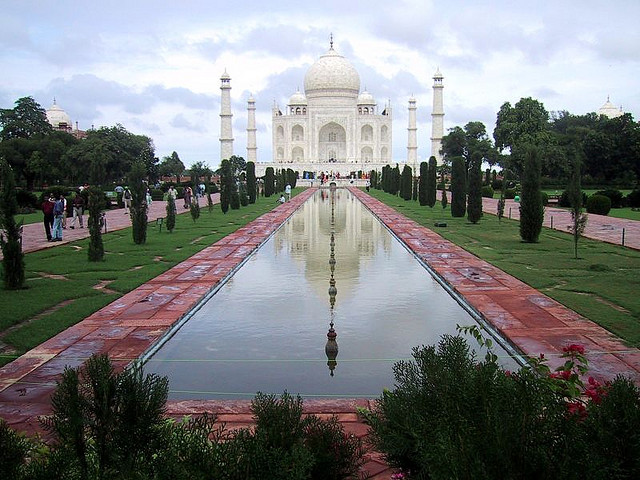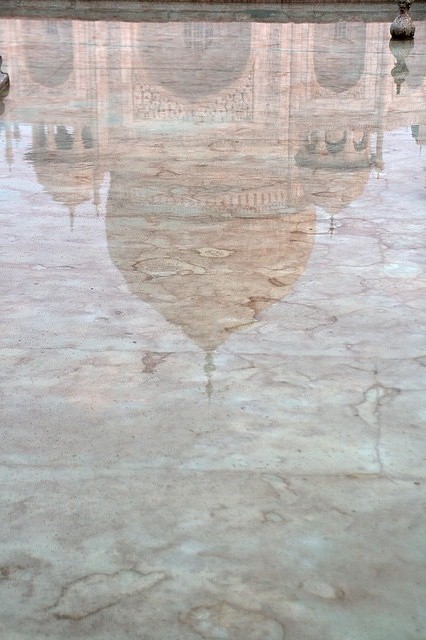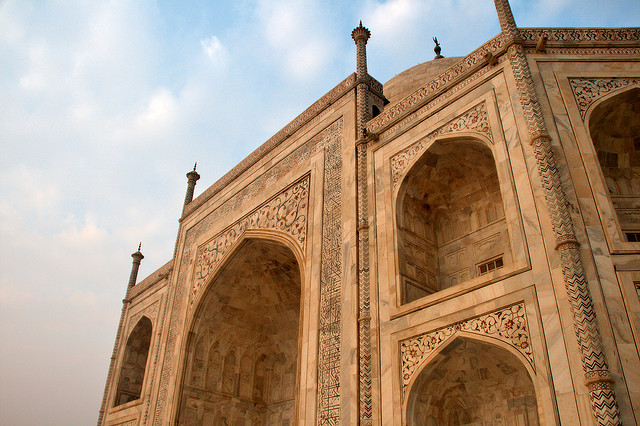Architecture Feature - Taj Mahal, India

A legendary emblem of love and the beacon of Mughal architecture, Taj Mahal is the most majestic of all of the world’s wonders, and thus deserves to be the highlight of our architecture feature series.

This larger-than-life monument is the mausoleum of Mumtaz Mahal, who was the beloved of Mughal Emperor Shah Jahan. So deep was his love for Mumtaz, that Shah Jahan created an architectural marvel to ensure that their love story becomes eternal.

Thronged by architecture enthusiasts from across the globe all year-round, Taj Mahal is set up over a sprawling area of more than 55 acres along the Yamuna River. The tomb is designed using four octagons, on which the central dome is placed.

With construction dating back to 1632 AD, Taj Mahal has literally stood the test of time by sustaining its stature for well over 300 years. The stunning white dome of the tomb gleams as you approach it from the great gate which is an imposing edifice in itself, and also serves as the entrance to Taj Mahal. Beyond the gate there are gardens and walkways that lead you to the most important structure, where the mausoleum is situated.
Principal components of Taj Mahal include:

All these elements come together in the most artistic manner to create a mesmerizing amalgamation of the structural design of Taj Mahal, which is best experienced first-hand.
The mausoleum, which is the main attraction at Taj Mahal features a huge onion-shaped dome with lotus decorations along with spires, minarets and an arch that serves as the entrance. All these structures were made using pure white marble which is said to have been sourced from Makrana, now a Tehsil in the Indian state of Rajasthan. More than 1000 elephants were supposedly used in order to procure the materials needed for constructing Taj Mahal, which was completed over a period of 20 years.
What is most impressive about the architecture of Taj Mahal is the intricate designs that have been used across this structure. Extensive use of abstract forms of art and calligraphy is evident throughout the complex. Persian poems, sculptured flowers, pierce work and parchin kari have been used to adorn Taj Mahal in the most enthralling manner.
Over the centuries, several other monuments have derived artwork and tried to copy a style similar to the Taj Mahal; however, none can match the sheer brilliance that Taj Mahal reflects in every aspect of it.
To read about other architectural marvels around the world and information about Properties in Agra visit PropTiger.com.
